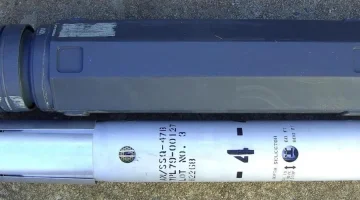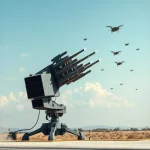- Views: 7K
- Replies: 33

In a strategic shift, the Indian Navy has decided to replace its aging aircraft carrier, INS Vikramaditya, with the upcoming Indigenous Aircraft Carrier (IAC-2), rather than expanding to a three-carrier fleet as previously planned. This decision marks a significant change in the Navy's force structure and has ignited debate regarding India's naval capabilities and strategic priorities.
The Indian government has overruled the Navy's long-held desire for a three-carrier fleet, which was considered essential for maintaining a continuous carrier presence in both the Arabian Sea and the Bay of Bengal, even during maintenance periods. This shift in policy prioritizes the development of the IAC-2 as a direct replacement for INS Vikramaditya, which is expected to reach the end of its operational life by 2038.
INS Vikramaditya, acquired from Russia in 2013, has served as a crucial component of India's naval power projection. However, with its service life drawing to a close, the Navy has decided to focus on the indigenous development of the IAC-2. This new carrier, currently in the planning phase, will ensure the Navy maintains its current strength of two operational aircraft carriers.
While initially considering a repeat order of the INS Vikrant design for the IAC-2, the Navy may now revisit its original vision for a larger, more advanced carrier. This 65,000-tonne vessel could feature cutting-edge technologies like the Electromagnetic Aircraft Launch System (EMALS) and Advanced Arresting Gear (AAG), significantly enhancing its capabilities.
This decision to forego a third carrier raises questions about India's ability to project power and maintain a consistent presence in multiple maritime theaters, particularly in scenarios involving prolonged engagements or multiple fronts. However, it also underscores the commitment to developing indigenous warship-building capabilities and potentially fielding a more advanced and capable carrier in the future.
The construction of the IAC-2 will further solidify India's position as one of the few nations with the capacity to design and build aircraft carriers, a capability currently held by only the US, the UK, Russia, France, and China The first indigenous carrier, INS Vikrant, was built at Cochin Shipyard at a cost of ₹20,000 crore and commissioned in September 2022.
The IAC-2 is expected to leverage the expertise and infrastructure developed during the construction of INS Vikrant, bolstering India's domestic shipbuilding industry.


